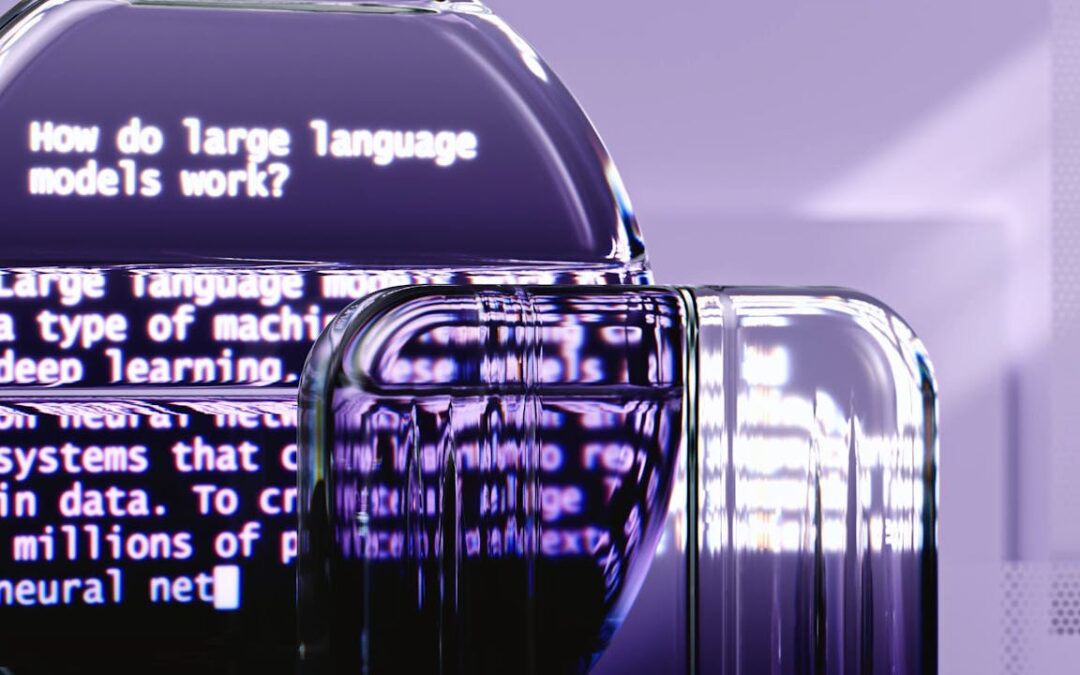Part 1: The Personal Echo Chamber – How AI Shapes “You”
Think about your day. Did you:
- Scroll through a feed? (Social media, news apps): AI curated that feed based on past behaviour, deciding what news, opinions, and products you see (and don’t see). It’s subtly shaping your worldview and consumer choices.
- Get directions? (Maps apps): AI didn’t just find the shortest route; it predicted traffic based on vast datasets, potentially rerouting thousands of people simultaneously, influencing local business footfall without you thinking twice.
- Watch or listen to something recommended? (Streaming services): AI algorithms are powerful “taste-makers,” guiding your entertainment choices and, collectively, influencing cultural trends.
- Use predictive text or grammar checks? AI is subtly standardizing language, suggesting phrasing, and nudging communication styles.
- Interact with a smart assistant? You’re training an AI, and its limitations or capabilities frame how you seek information or manage tasks
The Unique Angle Here: It’s not just about convenience. This “personal AI” acts like an invisible choice architect. It optimizes for engagement, efficiency, or predicted preference, but not necessarily for serendipity, diverse perspectives, or critical thinking. We gain efficiency but risk living in increasingly personalized, yet potentially narrower, bubbles. Our expectations are also subtly shifting – we now anticipate instant, personalized responses, a trait bleeding into our professional lives.
Part 2: The Business Co-Pilot – How AI Augments (and Challenges) “Your Business”
For businesses, AI isn’t just about automating assembly lines anymore. It’s becoming an embedded co-pilot across departments:
- Hyper-Personalization (Beyond Mail Merge): AI analyzes customer data at scale to predict needs, tailor offers, and personalize website experiences in real-time. This goes far beyond segmentation; it’s about individual-level interaction, setting new customer expectations.
- Smarter Operations (The Predictive Edge): Forget just tracking inventory. AI predicts demand fluctuations, optimizes supply chains to weather disruptions (like predicting port delays), and schedules predictive maintenance before equipment fails, minimizing costly downtime.
- Augmented Decision-Making: AI tools sift through mountains of data humans could never process, identifying subtle trends, flagging anomalies, and providing data-backed insights for strategic planning. It doesn’t replace the decision-maker but vastly enhances their toolkit.
- Talent Acquisition & Development: AI helps screen resumes (raising bias concerns that need addressing!), identify skills gaps within the organization, and even suggest personalized learning paths for employees.
- Creative Assistance: AI isn’t just writing code; it’s drafting marketing copy, suggesting design variations, generating music for ads, and even helping brainstorm initial ideas. It’s a creative partner, not (yet) a replacement.
The Unique Angle Here: The most significant business impact isn’t job elimination; it’s task augmentation and capability enhancement. AI excels at pattern recognition, prediction, and optimization at scale. Businesses that thrive aren’t just adopting AI; they’re learning how to collaborate with it. They’re identifying tasks where AI provides leverage (data analysis, prediction, personalization) and focusing human talent on areas AI struggles with: complex problem-solving, empathy, ethical judgment, building relationships, and true innovation. The challenge lies in integrating AI seamlessly and ethically, ensuring it empowers rather than just automates.
Bridging the Gap: Where Your World and Your Business Collide
The AI influencing your personal choices sets the baseline expectation for how you want businesses to interact with you. That seamless, personalized experience you get from your streaming service? Customers increasingly expect that level of intuitive understanding from all businesses.
Furthermore, the skills becoming crucial in an AI-driven workplace mirror those needed to navigate personal AI effectively:
- Critical Thinking: Questioning the data, the algorithm’s suggestions, and potential biases.
- AI Literacy: Understanding what AI does well and where its limitations lie.
- Adaptability & Continuous Learning: AI tools evolve rapidly; staying current is key.
- Emotional Intelligence & Creativity: The uniquely human skills AI cannot replicate (yet).
The Takeaway: Ride the Current, Don’t Just Float
AI isn’t a future hypothetical; it’s the water we’re already swimming in. Ignoring it means being carried along by currents shaped by others.
- For You: Be more mindful of AI’s subtle influence. Question recommendations, diversify your information sources, and consciously exercise your critical thinking.
- For Your Business: Don’t chase the hype. Identify specific problems where AI can genuinely add value – enhancing customer experience, optimizing operations, or empowering your team. Start small, focus on augmenting human capabilities, prioritize ethical implementation, and foster a culture of learning and adaptation.
The AI revolution is quiet but profound. Understanding its subtle, pervasive nature is the first step towards harnessing its power, both in optimizing your business and navigating your increasingly AI-influenced life. Are you ready to swim with the current?

